
Vladimir Lenin at the Congress of the III International. Moscow, March 1919.
Fototeca Gilardi/Getty ImagesVladimir Lenin (born Vladimir Ulyanov, 1870-1924) was the leader of the Bolshevik political party when it was the main driving force behind the October Revolution of 1917 in Russia. This revolution can only be compared to the French Revolution of 1789 in terms of its impact on national and world history. The Russian uprising eventually led to the creation of a new, even bigger state, the USSR, with Vladimir Lenin becoming its first and – to date – most respected leader. There are hundreds of monuments to Lenin in Russia as well as abroad (in India, or even in Germany, for example), and almost every Russian city has a street named after him.
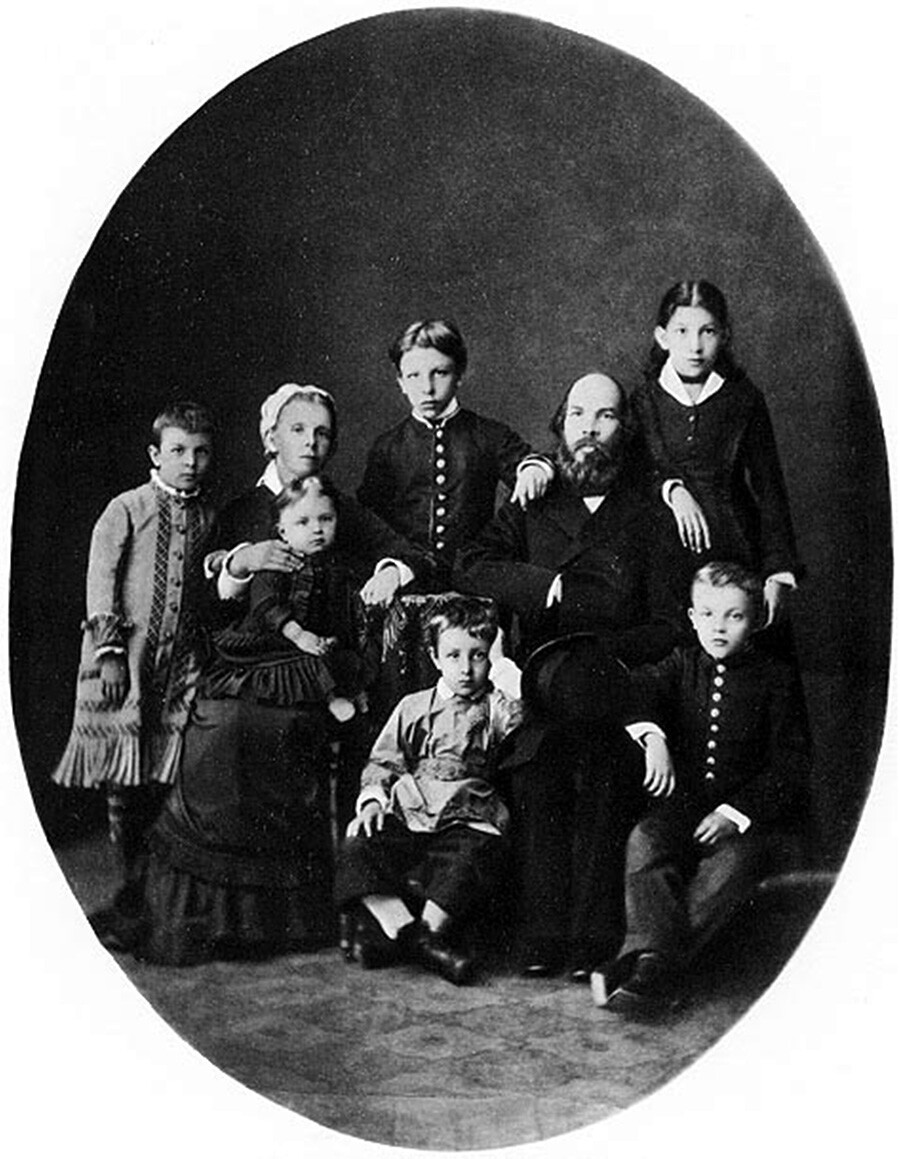
The Ulyanov family. Standing (left to right): Olga (8), Alexander (13), Anna (15). Sitting (left to right): Maria Alexandrovna (44) with her daughter Maria (1), Dmitry (5), Ilya Nikolaevich (48), Vladimir (9).
Public domainLenin was born, incidentally, into a nobleman’s family in Simbirsk (now, Ulyanovsk, named after the Ulyanov family). His father Ilya was a civil servant in the local educational system, the family was well-off. Vladimir had two brothers and two sisters.
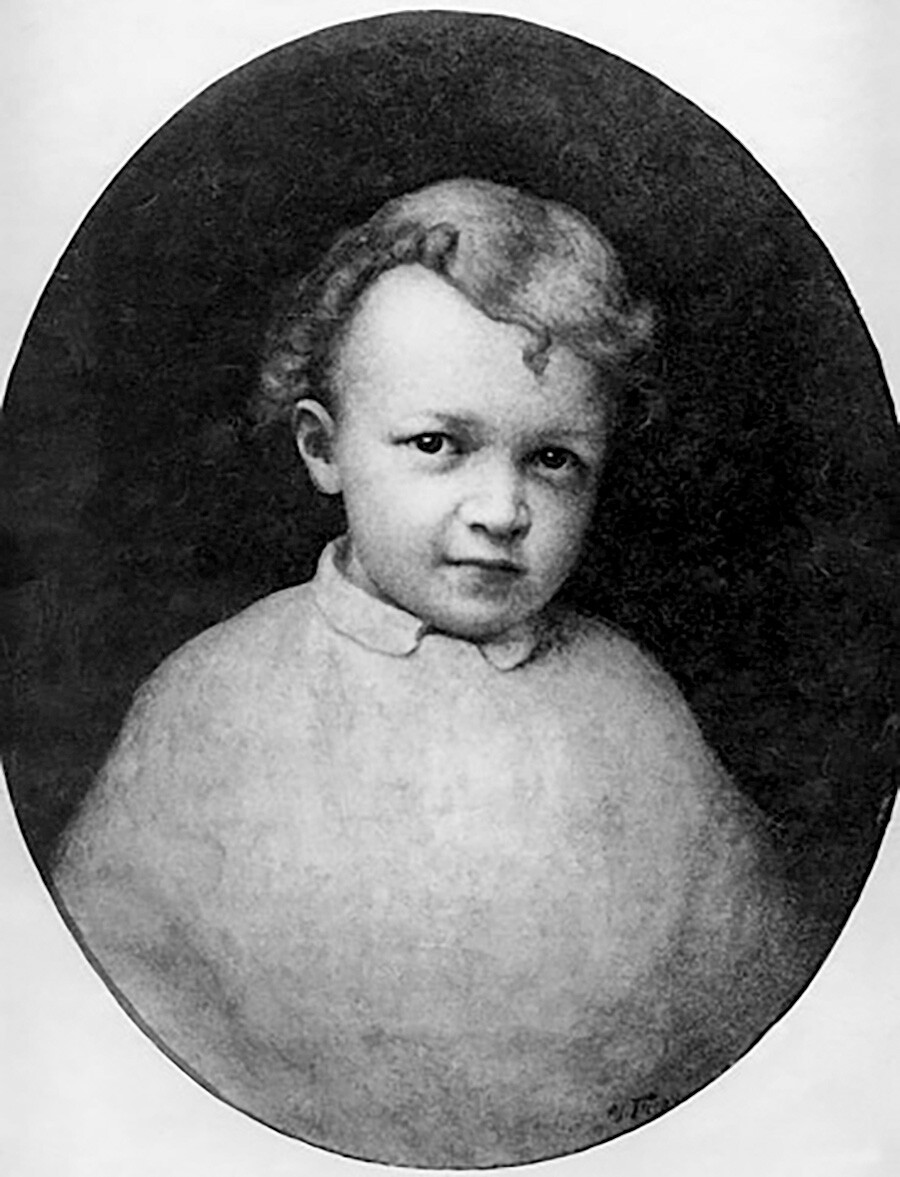
Portrait of Vladimir Lenin at age of three by Ivan Parkhomenko
Public domainHistorians agree that the event that triggered Vladimir’s becoming a revolutionary was the execution of his older brother Alexander in 1887 for planning to assassinate the Tsar, Alexander III. However, revolutionary ideas may have infiltrated the Ulyanov family earlier than that – Lenin’s older sister Anna Ulyanova was a revolutionary, too. In 1886, she was first arrested for taking part in a demonstration. Anyway, in 1887, when Lenin enrolled at the Kazan University, he was soon arrested for revolutionary activity, and after being expelled from the university, started reading Communist literature fiercely.
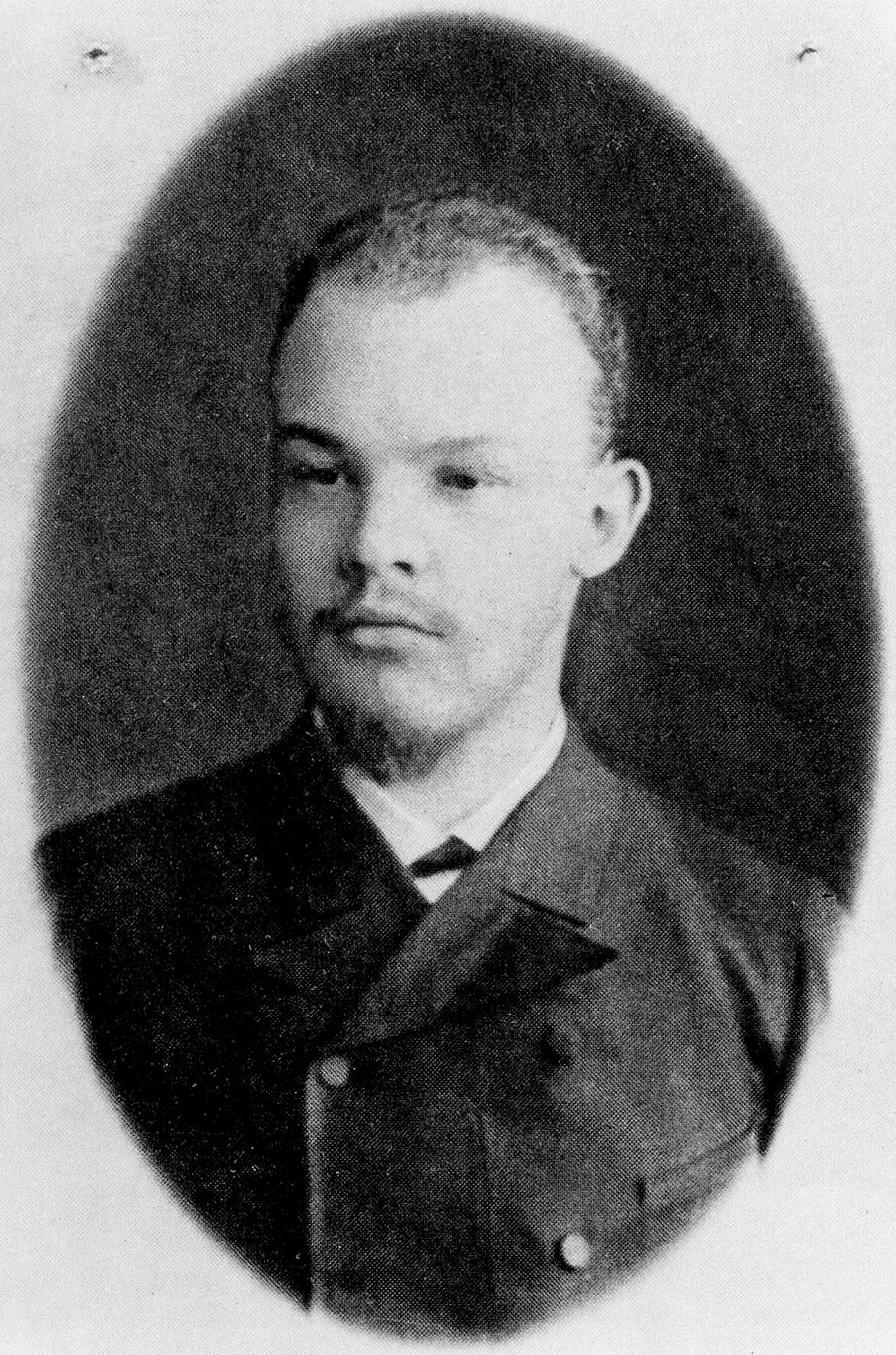
Vladimir Lenin in 1891
Public domainUpon entering university, Lenin almost immediately got expelled for taking part in a student mutiny. This marked the beginning of his troubles with the law. Although he was allowed to sit exams to the Saint Petersburg State University’s Faculty of Law, and become a lawyer, he continued his revolutionary activities. In 1895, Lenin created the League of Struggle for the Emancipation of the Working Class – a Marxist group, was subsequently arrested and exiled to Siberia for three years.
Vladimir Ulyanov had more than 100 pen names, which he used to sign his articles and proclamations, but the one that stuck was “Nikolay Lenin,” a pseudonym he first used in 1901. One version of events claims the name was inspired by the Siberian river Lena. Another states that there actually was a man named Nikolay Lenin, whose identity Vladimir Ulyanov used as a disguise. After Vladimir Ulyanov came to power, official party and state documents began to be signed "V. I. Ulyanov (Lenin)."
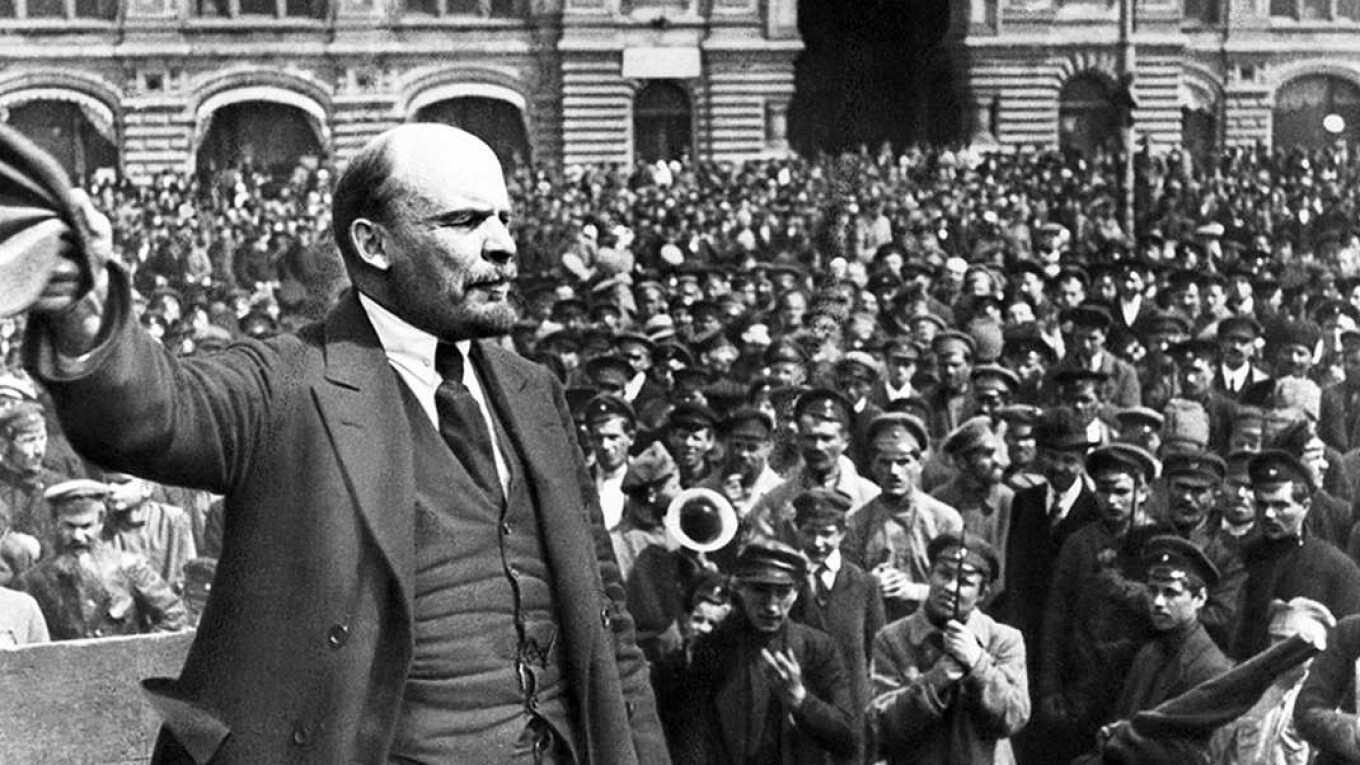
Vladimir Lenin giving a speech in Saint Petersburg.
Public domainVladimir Lenin was the leader of the Bolshevik Party, a radical wing of the Marxist-oriented Russian Social Democratic Labor Party. In 1912, Lenin and his comrades parted ways with the Russian social democrats, and by spring 1917, became a separate political party.
By then, the Russian Empire was no more (Nicholas II abdicated the Russian throne – which happened without Lenin’s intermission). After his return from Switzerland, Lenin stated in his so-called April Theses that Russia is merely “passing from the first stage of the revolution to its second stage, which must concentrate power in the hands of the proletariat and the poorest peasants.”
Under Lenin’s leadership, the Bolsheviks ignited the October Revolution of 1917, which brought them to power.
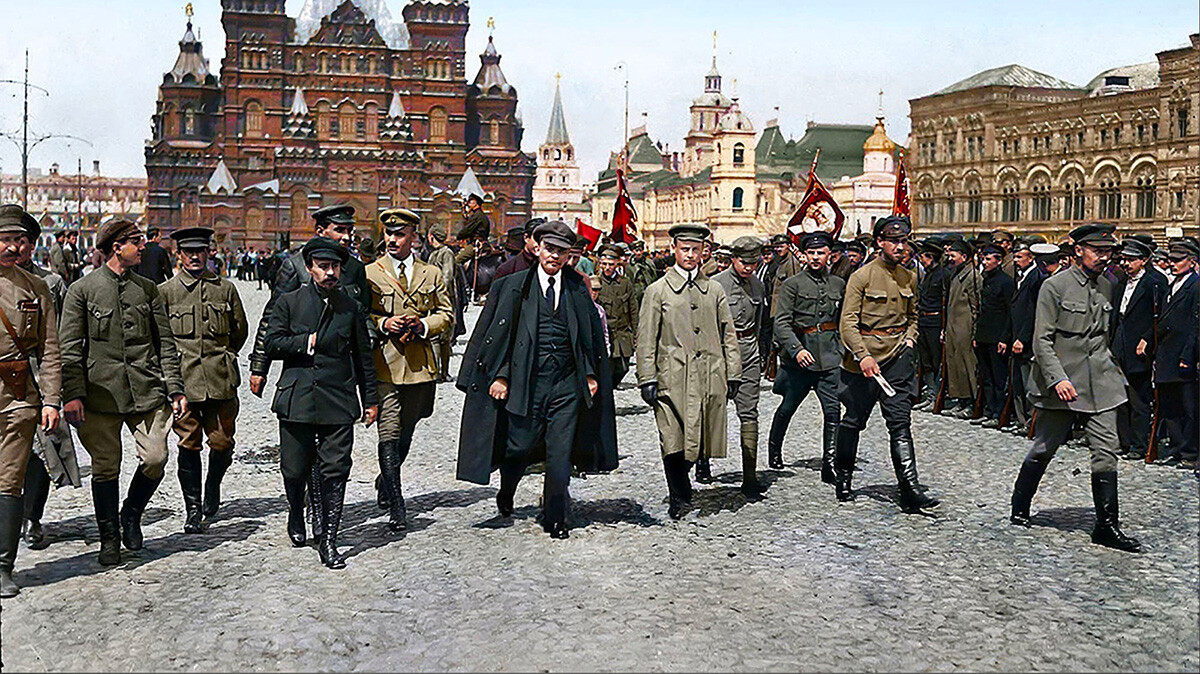
Lenin and a group of Red Army commanders on Red Square in Moscow on May 25, 1919.
Public domainAfter the Russian Soviet Federative State Republic (RSFSR) appeared in place of the Russian Empire, Vladimir Lenin became the head of its government – the Chairman of the Council of People’s Commissars (‘Sovnarkom’). Formally, Lenin wasn’t the sole leader of the state, but was in charge of the Sovnarkom, where he issued orders to his henchman ministers – the People’s Commissars. After the USSR was created in 1922, Lenin, accordingly, became the head of government of the USSR.
In this position, Vladimir Lenin started the so-called Red Terror, a policy that aimed to eliminate any political dissent or threat to Bolshevik power. This was done by physically liquidating “class enemies” – the bourgeoisie, wealthy merchants, noblemen and so on. Lenin ordered executions, constructed concentration camps, and deprived certain groups and persons of rights. It was during the Red Terror that Nicholas II and his family were murdered. As many historians believe, this was done following Lenin’s direct unrecorded order.
Lenin was also the undisputed leader of the Bolsheviks (later the Communist Party of the Soviet Union), which eventually came to govern the entire USSR through its highest council, the Politburo.
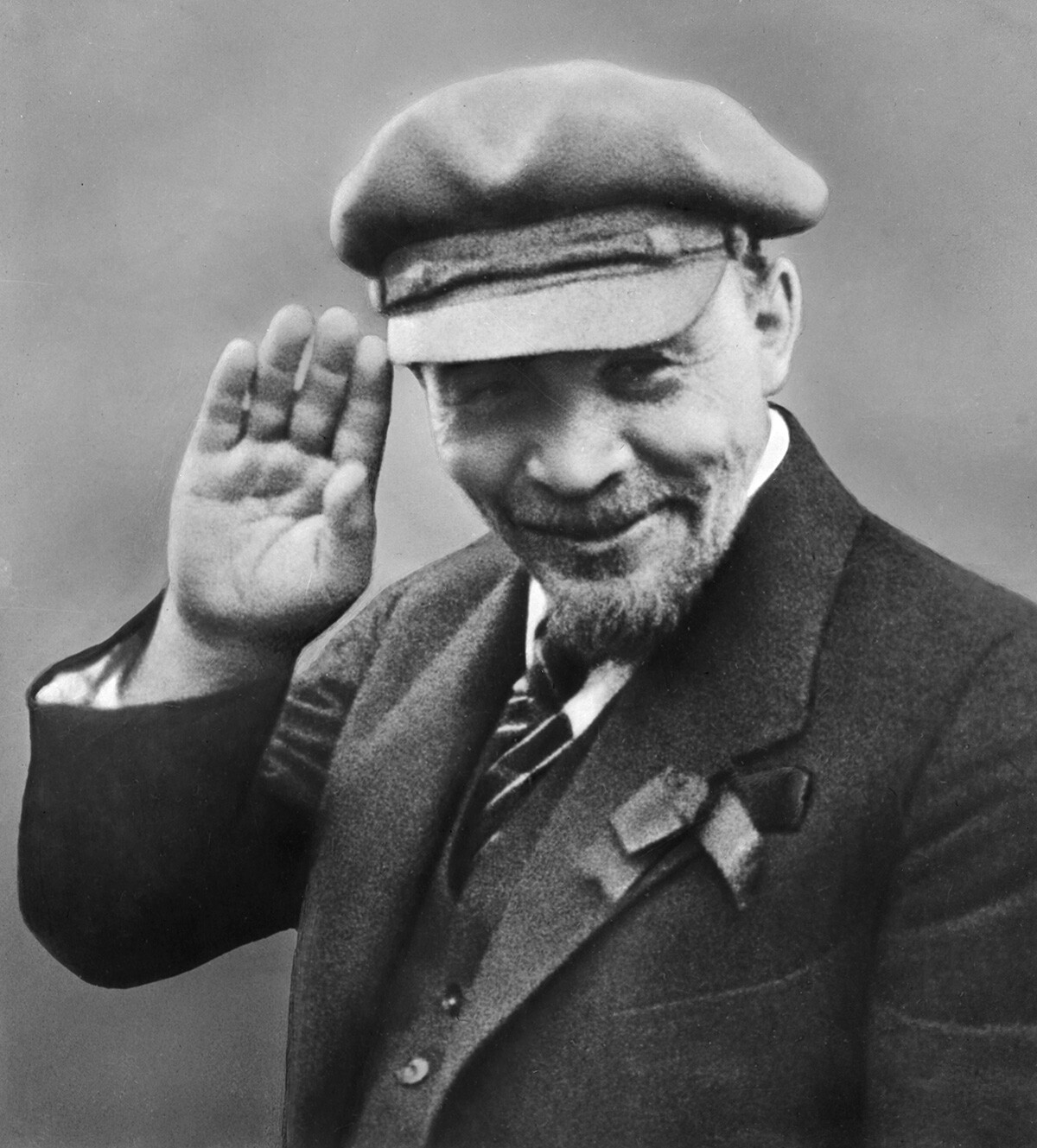
Vladimir Lenin, 1920
SputnikMany who met Lenin agreed that he had an exceptionally strong personality. In his childhood years, he showed remarkable learning ability and was a straight ‘A’ student in all subjects. However, he also demonstrated a violent and commanding temper.
Lenin was of moderate stature – 164 cm, sturdily built, and athletic. He loved fishing and hunting, and rode a bicycle a lot while in exile in Switzerland. As Bruce Lockhart remembered, “Apart from his high forehead and slightly Mongoloid eyes, there was nothing outstanding about his appearance. His suit was always baggy, and his tie was almost always carelessly tied. He liked to stand with his head thrown back and his thumbs comfortably tucked into the armholes of his vest. With the exception of the most severe frosts, he always wore a work cap on his head.”
As a grown-up, Lenin had a fascinating memory – he could memorize pages of text in just minutes. He was also an avid lover of chess throughout his life.
Arthur Ransome, an English journalist who was very close to the Bolsheviks, wrote that Lenin struck him “with his love of life. I couldn't think of a single person of a similar caliber with the same joyful temperament. This short, bald, wrinkled man, swaying in his chair from one side to the other, laughing at this or that joke, is ready at any moment to give serious advice to anyone who interrupts him to ask a question.” British historian Helen Rappaport wrote that “Lenin was a cynical opportunist — he changed his party tactics depending on circumstances and political gain. Perhaps this was his extraordinary talent as a tactician. He was ruthless and cruel, shamelessly using people for his own purposes”.
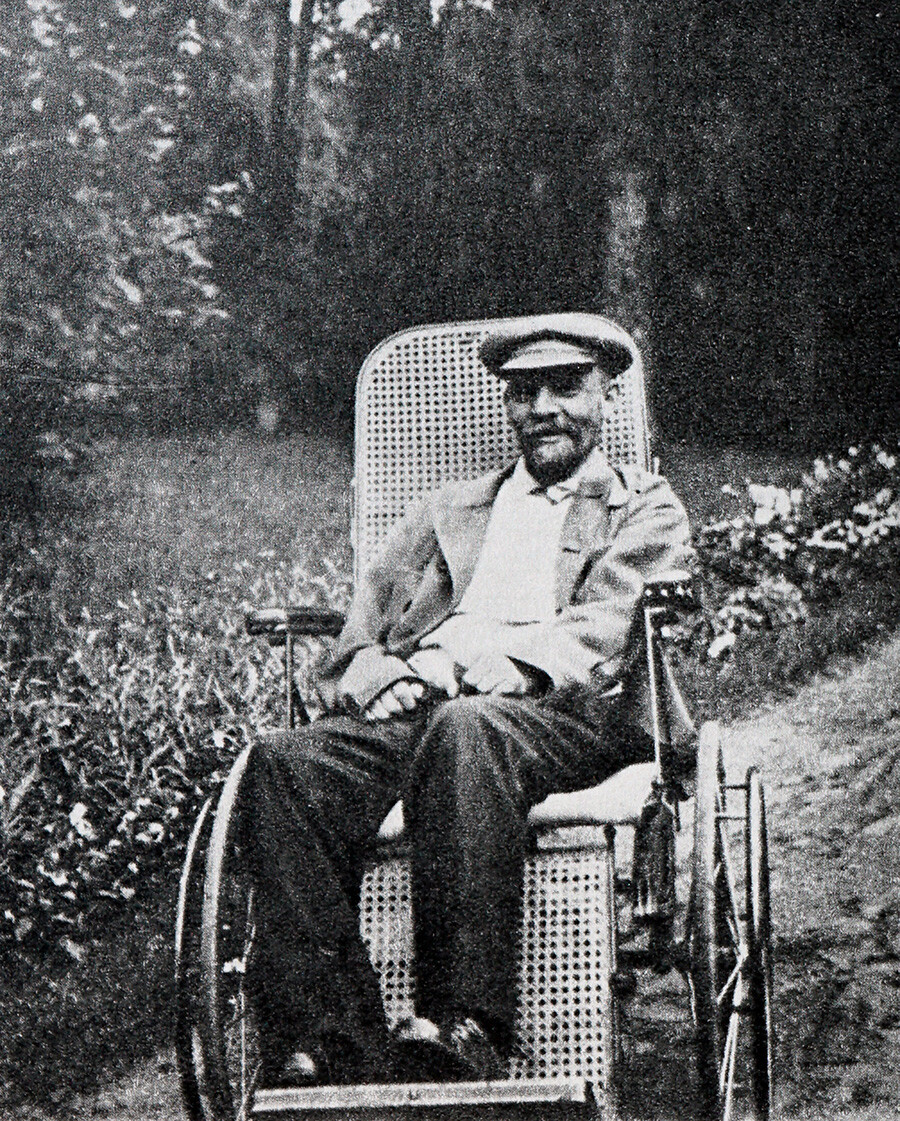
Vladimir Lenin in Gorki in 1923, suffering from a brain illness.
Universal Images Group/Getty ImagesDuring Lenin’s time as the head of state, at least two attempts were made on his life – one planned by his adversaries, and the other just a criminal ambush.
His health deteriorated sharply in the spring of 1922, with atherosclerosis of the brain being blamed for his poor condition, loss of memory and slurred speech. After Lenin’s death in 1924 at the age of 53, his brain was studied thoroughly, but it didn’t provide any clues as to the exact cause of the leader’s demise.
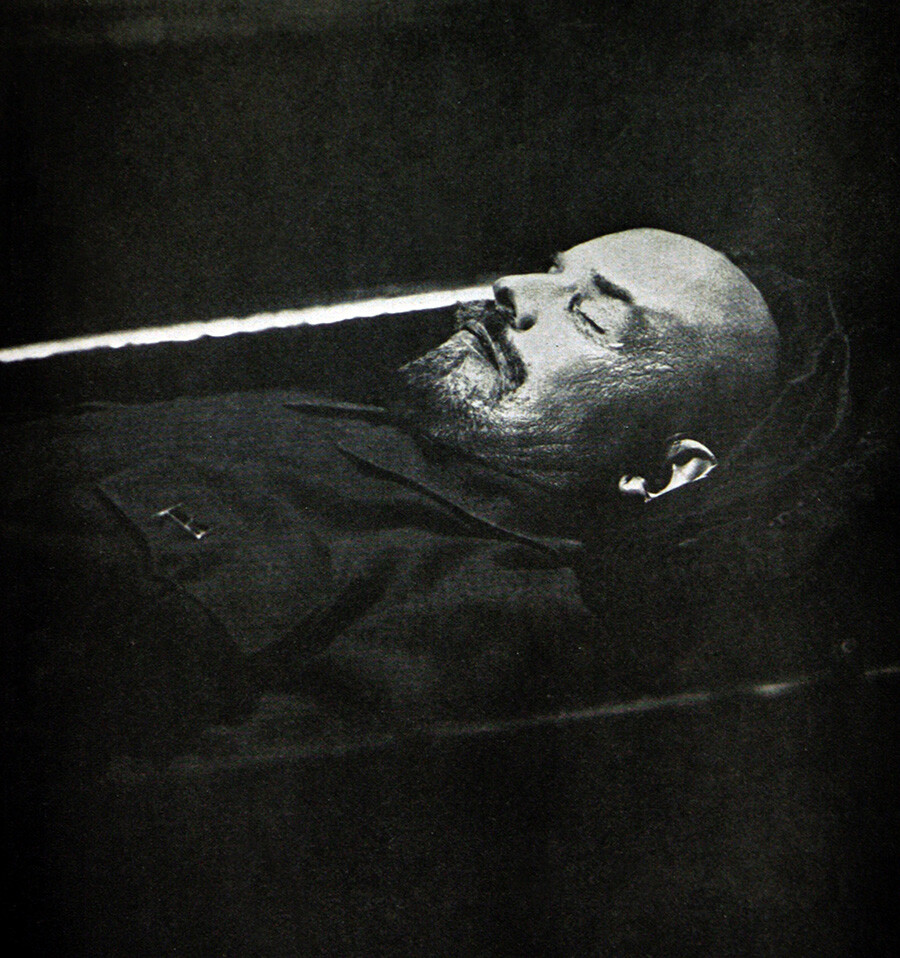
Vladimir Lenin in his coffin, January 1924.
Universal Images Group/Getty ImagesAfter Lenin died, his body was placed in a mausoleum in Moscow’s Red Square.
If using any of Russia Beyond's content, partly or in full, always provide an active hyperlink to the original material.
Subscribe
to our newsletter!
Get the week's best stories straight to your inbox